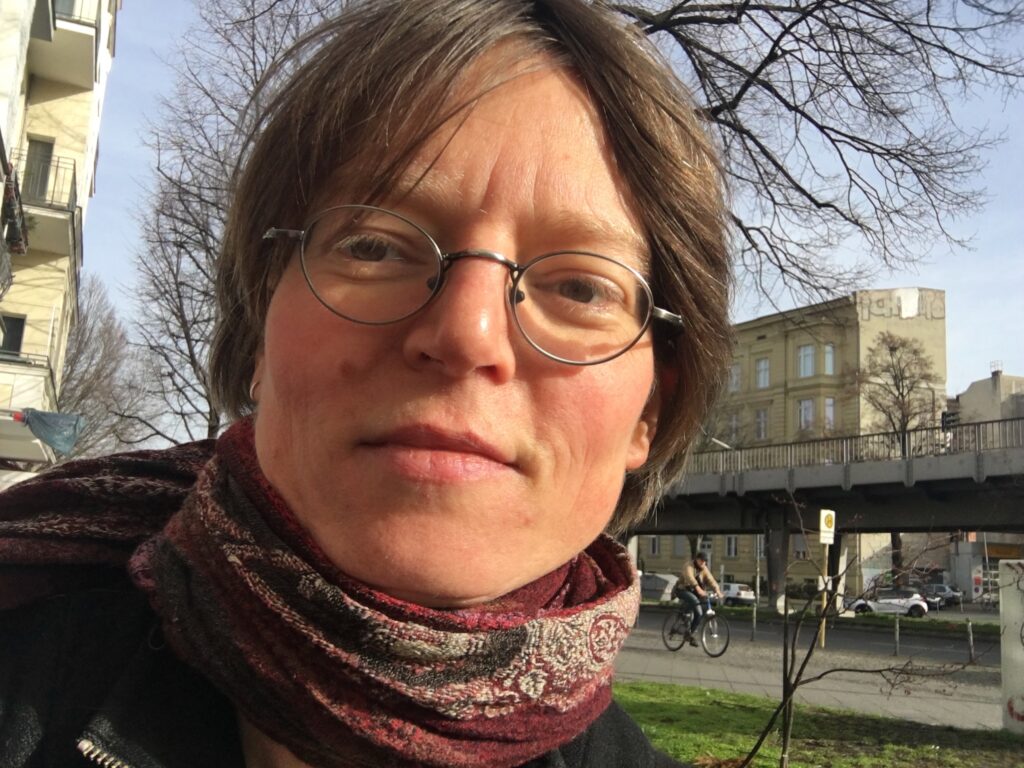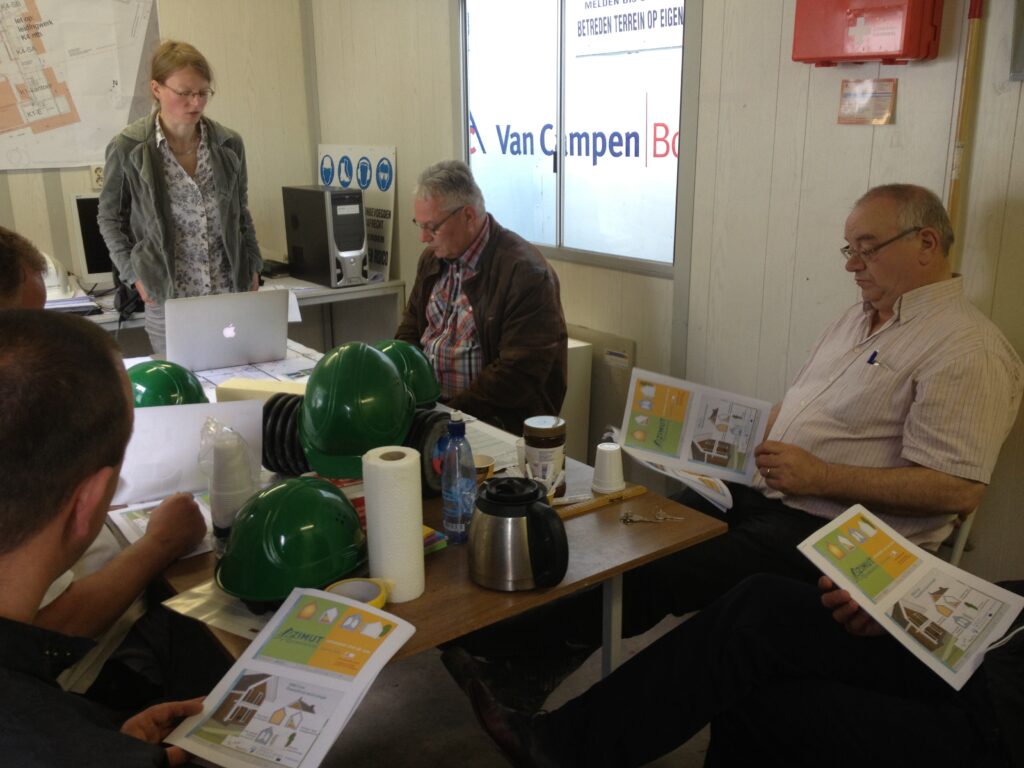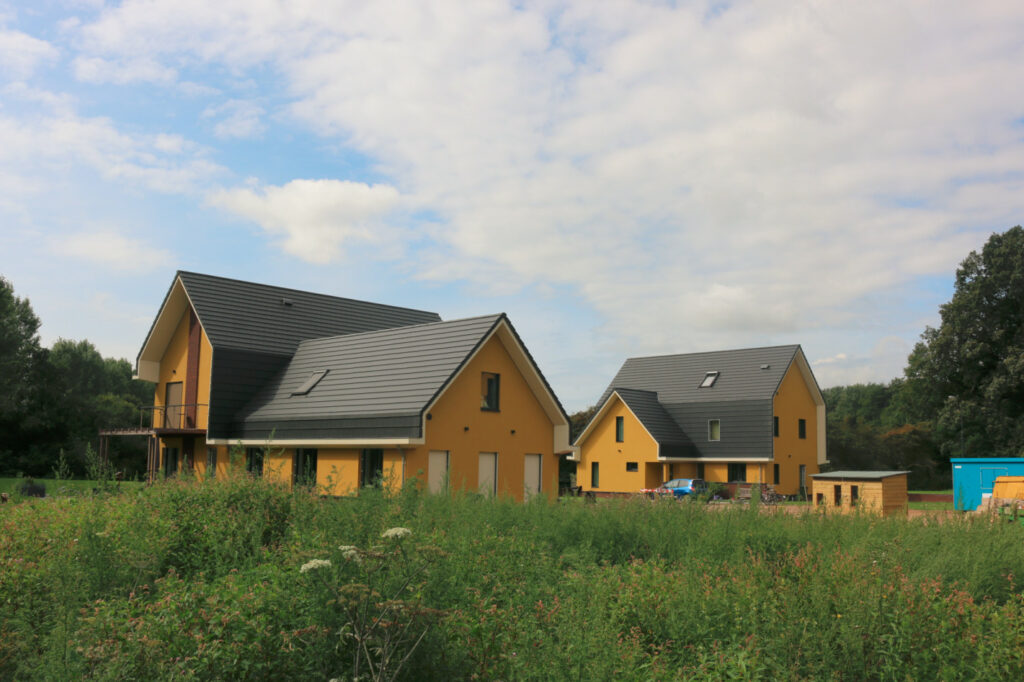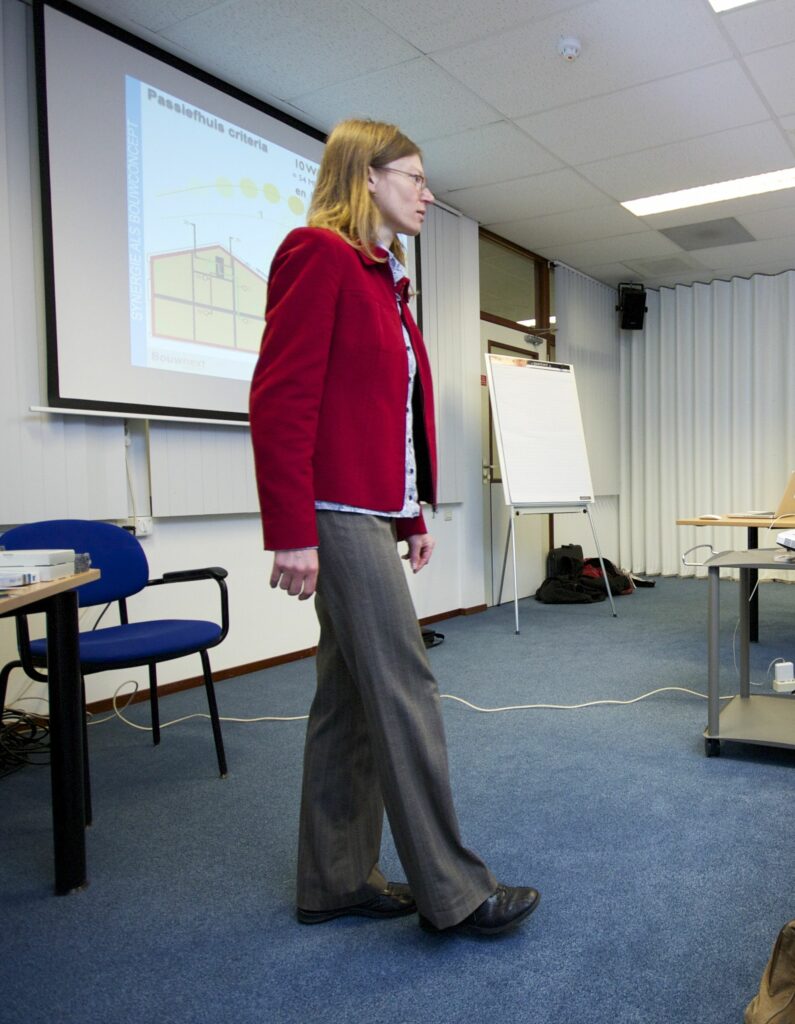Women Driving the Passive House Industry is iPHA’s interview series to highlight the remarkable women working in the Passive House community. As part of our International Women’s Day celebrations, the iPHA team interviewed a handful of the many women who’ve contributed substantially to the growth of the Passive House Standard around the world. Here’s our latest interview featuring Clarence Rose.

Clarence is an expert in energy-neutral buildings, Passive House technology and construction reform at Azimut Bouwbureau, the company she founded. She is also a PHI-accredited Passive House Certifier and a lecturer at the Kennisinstituut KERN.
Did you always want to become a building engineer? What drew you to the profession?
As a young girl, I thought construction was tough, and I rolled into it as a carpenter. I worked in carpentry for a number of years, with my hands, a saw, chisel and hammer. I loved my profession, but besides having to deal with the (more or less subtle) misogynistic culture, I realised something was wrong with the short-sighted revenue model in construction: buildings were not made for people, they were designed to make quick money.
How did you first get into the Passive House Community? Was it through a job? A specific project? What was your first impression?
At first, I specialised in renovation and restoration and sustainable material use. Later, I studied building construction. During this period, I discovered the energy aspect of buildings. I immersed myself in the possibilities of making buildings energy efficient. I did this in addition to the standard curriculum, as energy-efficient building was not taught at the time.
In 2007, I tracked down the PHPP as part of my quest to translate investment into energy measures into real savings. It is great to see today, how the puzzle pieces came together! From there, the underlying building physics of the Passive House approach became my passion.
What has your experience working on Passive House projects and in the Passive House community been like?
I took part in one of the first Passive House Designer courses offered by the Passive House Institute. However, when it came to applying that science to Dutch construction, in the beginning I was a lone voice in the wilderness. Fortunately, I had a number of passionate clients with whom I could get the ball rolling! Later, I met a progressive construction team to cooperate with.
Figuring everything out on my own in the beginning was really tough and time-consuming. I also noticed that even the best advice leads nowhere if the executing parties don’t understand what we are going for. So, in 2010, I began to build a network of sustainable construction companies and started training the people I needed to make Passive House projects successful in the Netherlands.
You are very active in the Dutch Passive House community: owner at Azimut Bouwbureau, board member at ‘DNA in de bouw’, head and trainer at KERN, guest lecturer and more. Can you tell us about your many roles and how you find the time! What keeps you motivated?

I work across various fronts: On construction projects, training and on system change. Sometimes, I out of time and have to decide which path to pursue and focus on where a shift is happening.
It is a great joy for me to convey my insights to others, as an advisor for very highly-efficient projects, as a teacher, and also in conversations with policymakers. I love to spur people on to make more conscious choices. My mission is to transform construction from within; into an intelligent, sustainable industry working at full speed to meet our climate goals. What I stand for empowers me, and yet there is still a long way to go. Passive House buildings and high quality construction is sadly still an exception to the rule. We face a subtle but systematic and strong resistance from traditional industry lobbies and as long as people are not aware of the power that comes from energy independence, I believe Passive House will struggle to go mainstream.
How has it been applying the Passive House Standard in the Netherlands? How do people react when you propose the application of the standard?
Construction in the Netherlands is far removed from the scientific approach of the Passive House standard. Architects are trained to make beautiful pictures to sell the design and do not take responsibility for the energy demand that results. This is compounded by the fact that developers are hardly liable for the quality of the building as a whole – and with the shortage of housing – clients do not have much choice.
However, we are taking steps to cultivate better understanding of the significance of better building on all fronts. We have achieved success highlighting the cost-effectiveness of Passive House over a building’s lifecycle and low operational costs of Passive House buildings month-to-month. By mapping this, we can link the high quality of the building envelope to long-term financing products with low monthly rates. Together with industrialisation and optimisation of the chain, this allows a great number of EnerPHit retrofit projects. Check WNR.nu

Do you have different ways of approach when proposing a Passive House project compared to a normal building project?
I only work on Passive House projects! I am grateful that since I started as a Passive House advisor, I have always had enough work and income – despite investing most of my time in knowledge development, network building and system change.
Where does your inspiration come from when working on a new project?
I enjoy helping people build affordable and high quality homes. Simple details but substantiated decisions. Lovely when, for a builder, the scales fall from their eyes and I succeed in overcoming prejudice or erroneous assumptions.

In the future, which developments do you wish to see in Passive House in the Netherlands?
Two wishes, if I may.
First, I hope for more cooperation within the local Passive House community, working together to support continued market uptake and growth in the Netherlands.
The second is shifting the narrative of the Passive House movement. In the past, we’ve focussed on the benefits of the standard, such as high comfort and low running costs to convince people to aim for the Passive House standard. However, recent policy measures and the way the energy transition is being implemented in the Netherlands is resulting in increased dependency on power-suppliers and big data, forgetting about energy efficiency. I am surprised how few people are aware of the danger this presents to our society and to the next generations at the moment fossil energy is turned off and consider large scale Passive House retrofit and decentralised community-owned power supply as the solution for the impending future energy poverty and inequality. As such, the Passive House standard needs to be promoted on the basis of these arguments more clearly, at least among policymakers.
What advice do you have for architects interested in learning more about the Passive House Standard?
Dare to ask your colleagues, and contractors questions! Too often, we architects and builders pretend we already know everything. Admitting you are unsure about some details requires some guts, but it yields so much! ‘DNA in construction’ is a network in which we have managed to overcome this bluff culture. As such, our members strengthen and support each other, simply by sharing their own insights openly with each other. This way of sharing knowledge is very effective – connect, dare to ask questions and share your findings!
What did you think of the interview? Let us know! If you liked this one, then maybe you would enjoy the previous interviews of the series. You can find them here.






 Carl supports our international communication activities and is the point of contact for administrative enquiries.
Carl supports our international communication activities and is the point of contact for administrative enquiries.